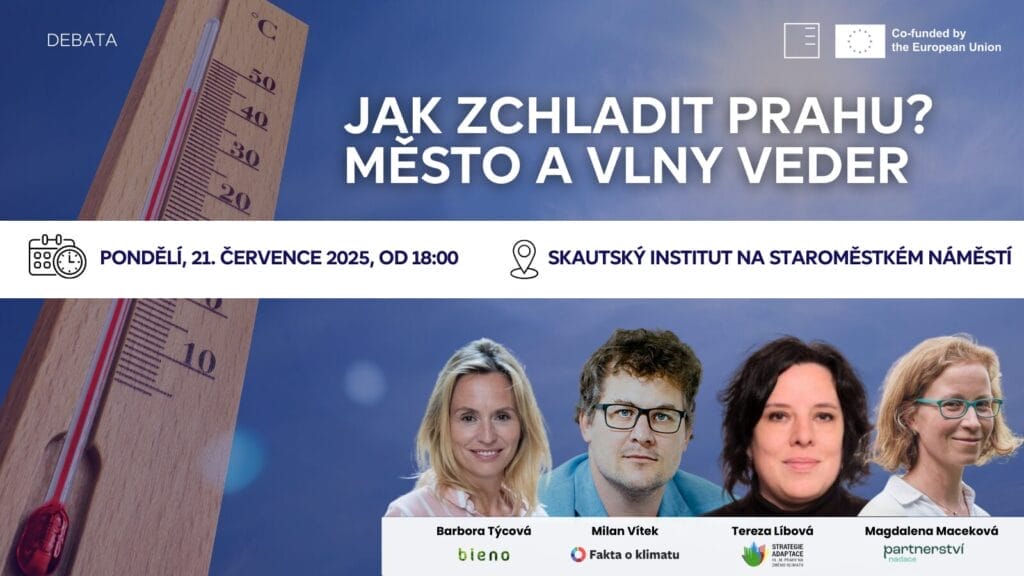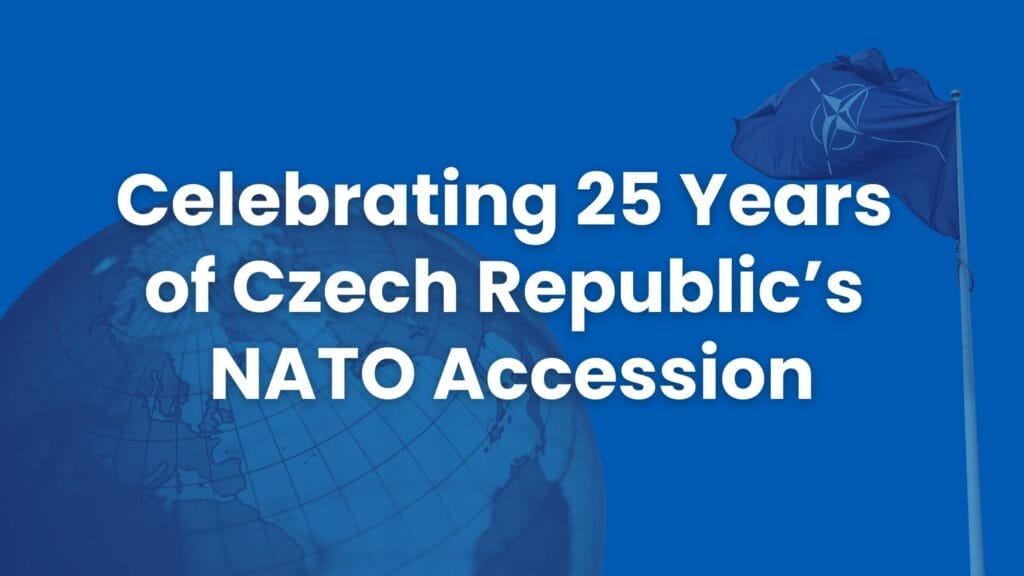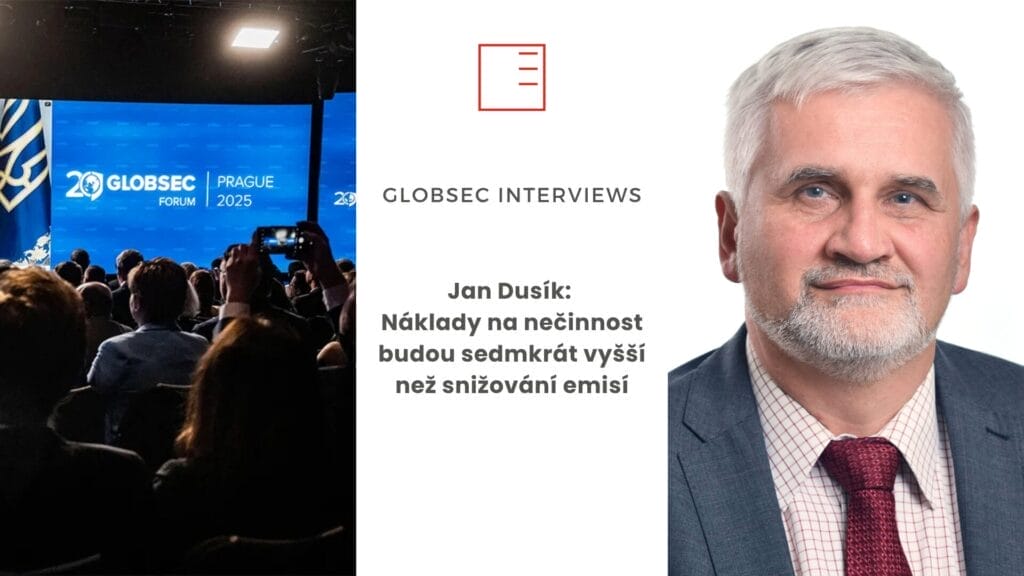Jak zchladit Prahu? Město a vlny veder
Evropské čtvrtky ve Skauťáku!
Café Evropa | Prague Pride: Svoboda pod tlakem
Pravidelné reflexe plenárního zasedání
Evropa jako úkol
EuroLens Journal #1: Bezpečnost Evropy v sázce

Čím trpí česká krajina? A jak jí pomoci?
O Institutu EUROPEUM
EUROPEUM je nezávislý think-tank zaměřený na evropský integrační proces. Provádíme původní výzkum a organizujeme veřejné aktivity. Dále formulujeme nové myšlenky a doporučení ke zlepšení domácí a evropské politiky.
Události
Pořádáme pravidelné semináře, debaty, konference, workshopy a kulaté stoly zaměřené na aktuální evropská témata.
Projekty
Naše dlouhodobé projekty pomáhají zvyšovat povědomí o Evropské unii a posilují mezinárodní spolupráci.
Články
Náš výzkumný tým publikuje články reagující na témata spojená (nejen) s evropskou integrací.
Události
Pořádáme pravidelné semináře, debaty, konference, workshopy a kulaté stoly zaměřené na aktuální evropská témata.
Projekty
Naše dlouhodobé projekty pomáhají zvyšovat povědomí o Evropské unii a posilují mezinárodní spolupráci.
Články
Náš výzkumný tým publikuje články reagující na témata spojená (nejen) s evropskou integrací.


Evropské čtvrtky ve Skauťáku

DEBATA | Jak zchladit Prahu? Město a vlny veder

Požáry, povodně a extrémní počasí - jak EU pomáhá? Reflexe plenárního zasedání Evropského parlamentu

Evropský čtvrtek u piva

Jak se promění evropsko-izraelské vztahy po úderech na Írán? Reflexe plenárního zasedání Evropského parlamentu

DEBATA | EU–Pacifik: Mapování potenciálu africké infrastruktury

ČT24 | Před společným summitem uštědřila Čína Evropské unii diplomatické políčky

CNN Prima news | Migrační politika EU

Deník N | Analytik: Rekordní evropský rozpočet je pro Česko příležitost. Babiš ale musí být v Bruselu aktivnější než dřív

Český rozhlas | 18. evropský balík protiruských sankcí je realitou

STVR | Návrh rozpočtu Evropské unie

TN.cz | Evropská unie chce rozpočet razantně zjednodušit, říká analytik Filip Křenek

JustGreen

Celebrating 25 Years of Czech Republic’s NATO Accession

Pomoc nezávislým médiím a organizacím občanské společnosti při zajištění přístupu k spolehlivým informacím o Evropské unii a rozšíření EU na sociální média v Arménii.

Nízkoemisní materiály pro český automobilový průmysl

Platform Revolution: utváření budoucnosti pro práci v EU a na západním Balkáně

REWEU

Policy Paper | Česko a priority příštího víceletého finančního rámce 2028–2034

VÝSLEDKY ANKETY | Vliv českých europoslanců 2025

Blog | Populismus à la Carte: Pohoršení upečené online

Rozhovory z Globsec | Jan Dusík: Náklady na nečinnost budou sedmkrát vyšší než snižování emisí

Rozhovory z Globsec | Rikard Jozwiak: Tvorba politiky EU mě přivádí k šílenství

ANALÝZA | MĚSTA ČELÍ VEDRU: Adaptace a připravenost na vlny veder v Evropě
Sledujte nás na X
Poslechněte si náš podcast
Napište nám
Můžete nás kontaktovat vyplněním formuláře níže, e-mailem, telefonicky nebo prostřednictvím sociálních médií.
110 00, Praha 1













